Like what you read?
Subscribe to our newsletter for engaging articles, exclusive content, and the latest updates.
In this blog, we explore five key landmarks that make up Málaga’s UNESCO World Heritage site in Antequera.
· 5 min. read
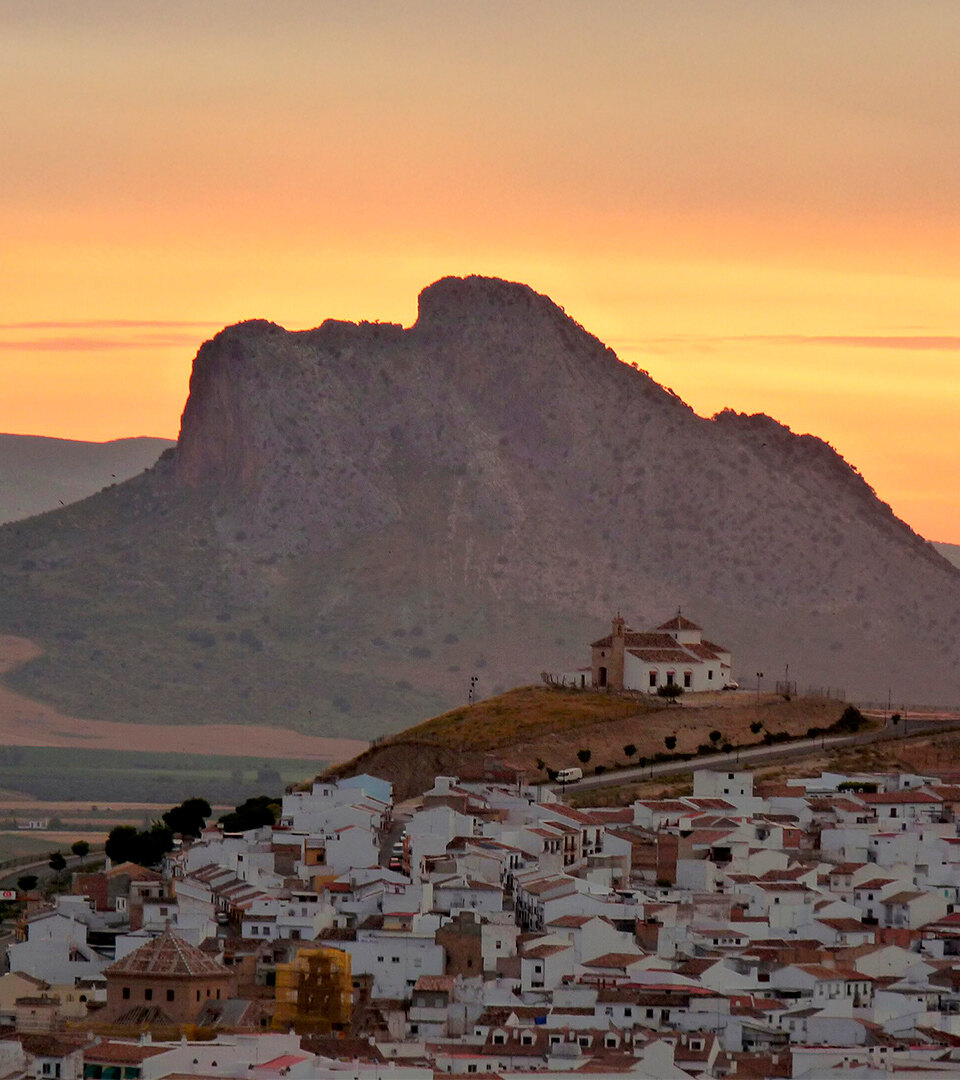
Just over an hour’s drive from the vibrant Costa del Sol lies one of southern Spain’s most extraordinary cultural landscapes: The Dolmens of Antequera, a UNESCO World Heritage Site within the Málaga province.
While Málaga’s coastline is famed for its beaches, cuisine, and art scene, this incredible natural landscape fused with ancient architecture offers a profound encounter with prehistoric Europe.
Recognised by UNESCO in 2016, the site unites three megalithic monuments and two dramatic natural landmarks, forming a rare example of how ancient architecture was integrated into the surrounding landscape with spiritual and symbolic intention.
Whether you’re exploring Andalucía, or already living in one of its luxurious communities, here are the five reasons the Dolmens of Antequera deserve a spot on your cultural itinerary:
Dating back to around 3,750 BCE (5,775 years ago), this massive stone tomb is an incredible representation of prehistoric engineering. Measuring over 25 metres long, it is constructed with giant upright stones supporting a monumental ceiling slab, some weighing up to 180 tons. Uniquely, Menga doesn’t align with celestial events like most dolmens. Instead, its axis points directly to a natural rock formation known as La Peña de los Enamorados (The Lovers Rock), revealing an extraordinary dialogue between nature and belief.
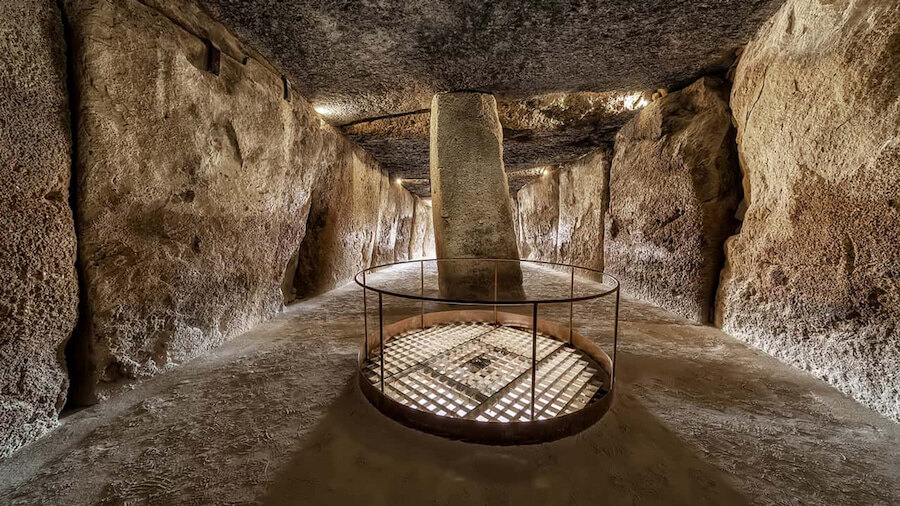
This dramatic limestone outcrop dominates the Antequera skyline. Its profile, resembling a sleeping human face, is the subject of local legend: A tragic love story that has earned it the name “The Lovers’ Rock.” It served as a sacred focal point for the Dolmen of Menga, showcasing how ancient builders incorporated the landscape into their cosmology.
The story dates back to the late 15th century, during the final years of the Reconquista, when Christian and Muslim kingdoms were still in conflict in southern Spain.
A young Christian man from Antequera was taken captive by the Moors (Muslims) and held in nearby Archidona, under the rule of the Emir. While imprisoned, he fell in love with Tagzona, the Emir’s daughter.
Despite their cultural and religious differences, the two young lovers began a secret relationship. Eventually, they could no longer bear their separation and made a desperate plan to escape and elope together.
They fled across the countryside toward Christian-held territory, but were soon pursued by Moorish soldiers sent by Tagzona’s father. The lovers were cornered on a steep cliff of the massive limestone mountain known today as La Peña de los Enamorados. Realising they could not escape and refusing to be separated or captured, they embraced one last time and leapt from the summit to their demise.
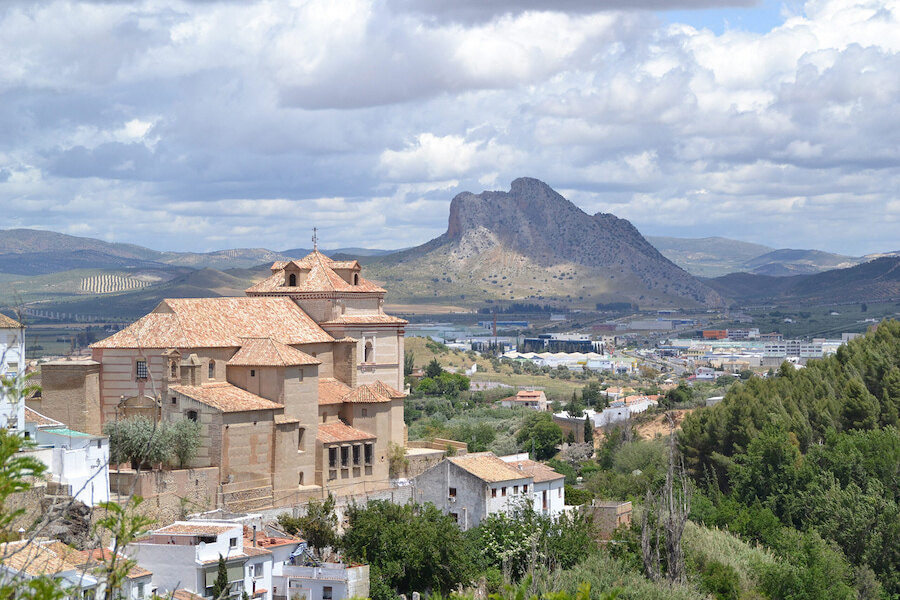
Located just metres from Menga, the Viera Dolmen follows a more traditional design, aligned precisely to the sunrise on the spring and autumn equinoxes. This megalithic burial chamber offers fascinating insights into early European astronomy, revealing how early societies were deeply connected to the cycles of the sun and seasons.
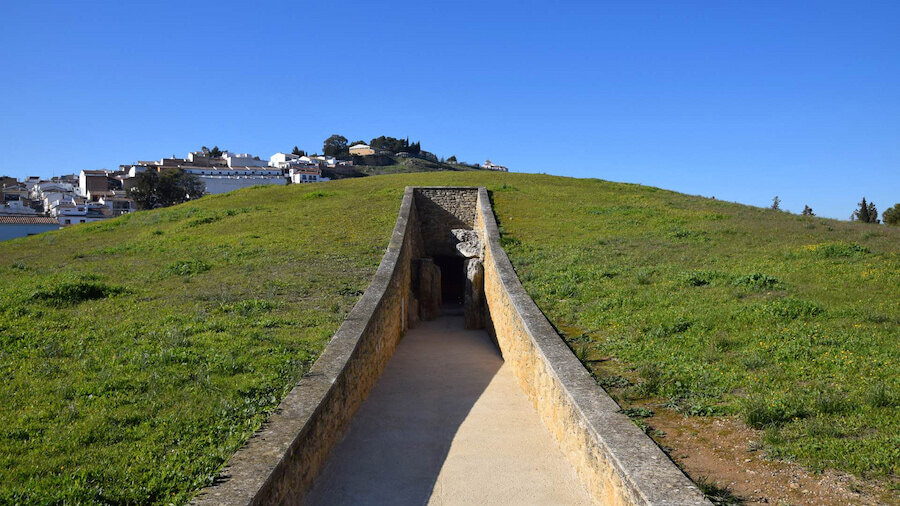
About 2 kilometers from the Menga and Viera dolmens is the Tholos of El Romeral, a chambered tomb built with a corbelled (false-dome) ceiling. Unlike the other two, it reflects a Mediterranean architectural influence and faces the natural park of El Torcal. It’s a striking example of cultural exchange in ancient times and a testament to the diversity of burial practices in Neolithic Iberia.
Neolithic Iberia lasted roughly from: 5,500 BCE to 3,000 BCE. (Spanning from about 7,500 to 5,000 years ago).
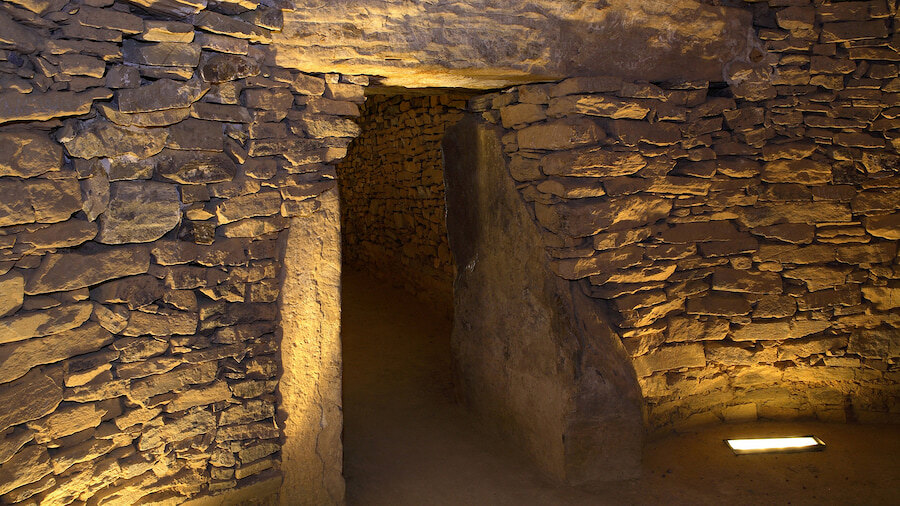
One of Europe’s best examples of karstic landscapes, and an incredible hiking spot, El Torcal features surreal limestone formations sculpted by the elements over millions of years. During the Jurassic Period (~150–160 million years ago), the entire area was part of a shallow tropical sea. The limestone you see today formed from accumulated marine sediments, including shells, coral, and microorganisms.
While many think of dolmens when they hear “Antequera’s UNESCO Site,” El Torcal is included in the designation because of its cultural and spiritual integration with prehistoric architecture like El Romeral. The natural axis from El Romeral toward El Torcal suggests early communities revered this rugged terrain not just as nature, but as sacred ground.
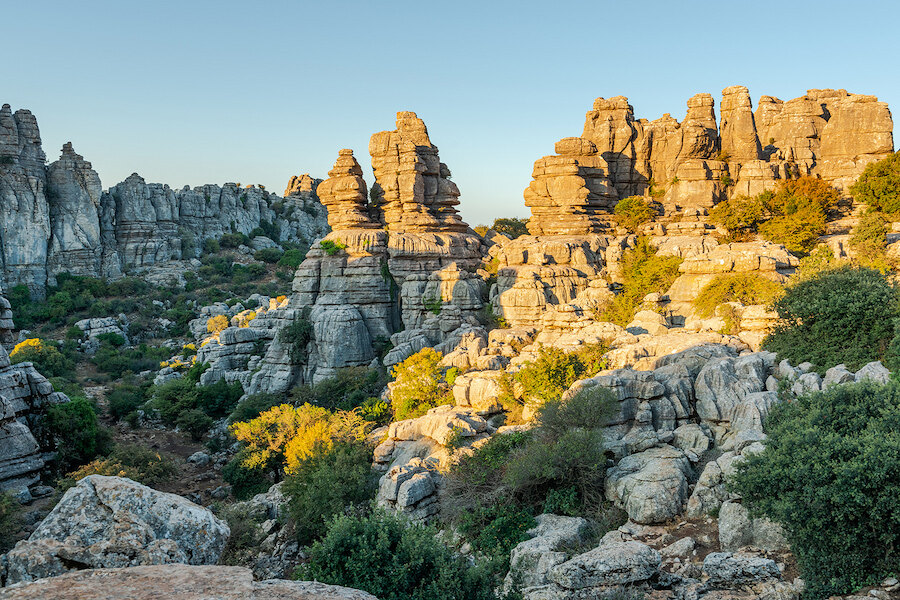
For those who live on the Costa del Sol, or are considering relocating to this region of the world, it’s a reminder of Andalucía’s deep historical roots and the timeless allure of Southern Spain.
At Panorama, we believe that luxury is about more than just real estate, it’s about connection to place, culture, and legacy. The Dolmens of Antequera are an invitation to experience exactly that.
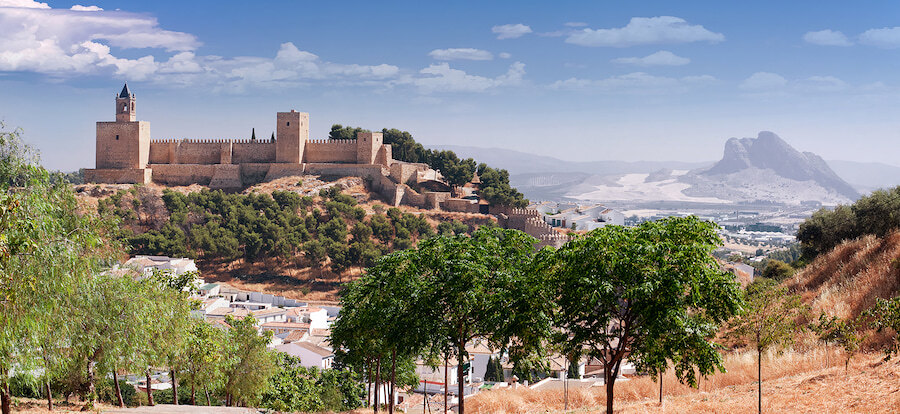
Subscribe to our newsletter for engaging articles, exclusive content, and the latest updates.
Access: 40-minute drive from Málaga; public bus possible to Antequera, but a car or guided tour is best for reaching El Torcal and El Romeral.
Visitor centres & parking: Free parking at both Dolmens and El Torcal visitor centres; shuttle parking opens if full. Signage for El Romeral can be subtle, ask at the centre.
Guided tours: Available and highly recommended to appreciate archaeological and astronomical details. (Malaga Sightseeing, Andalusia Free Tours)
What to bring: Comfortable walking shoes, water, sunscreen, hat, and a decent camera for the sunrise alignment at Viera or scenery at Torcal.
Best times: Opt for morning visits to El Torcal to avoid crowds and for better light on the dolmens. Visit the Antequera tourism information site for more information and inspiration for your visit